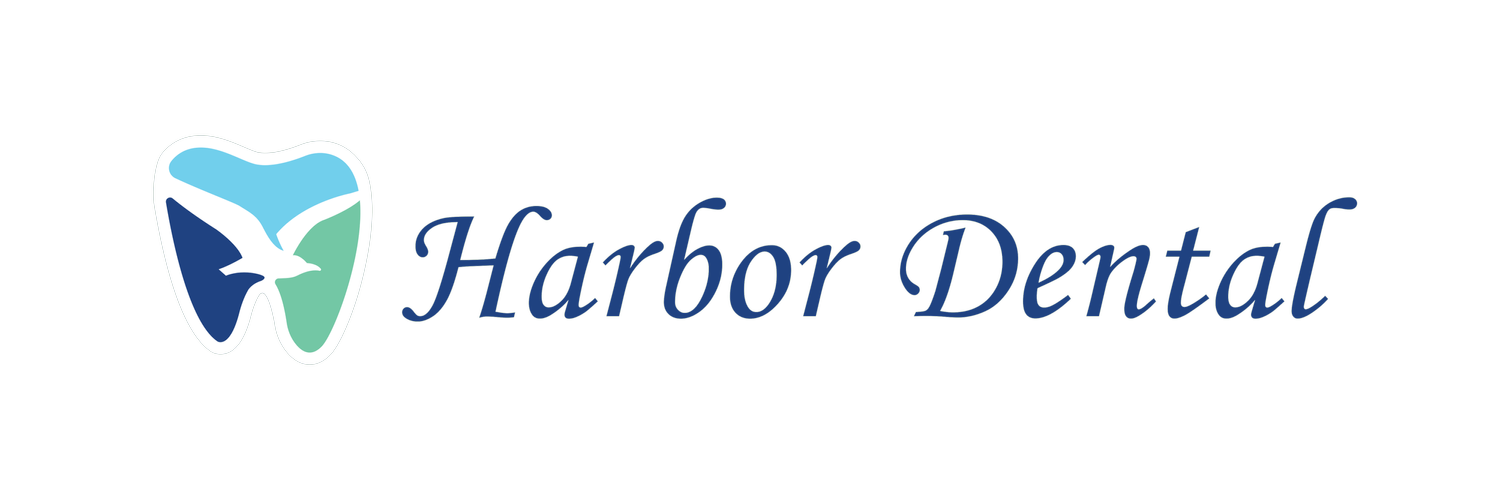Dental Code for Rebonding or Reattaching Lingual Retainer
How to Code Lingual Retainer Recement or Debond
Updated CDT Codes
D8698 — Recement or rebond fixed retainer, maxillary
D8699 — Recement or rebond fixed retainer, mandibular
Alternatives to Lingual Retainers
If a patient is over 25 years old, has moderate to severe tarter accumulation, or has gingival recession or papilla blunting (see photo below) on the lower mandibular teeth, we recommend a transition to clear tray retainers.
In our anecdotal experience, when a patient is below the age of 25, they are not as responsible and clear tray retainers have a higher risk of relapse due to losing or breaking retainers and not seeking replacement.
Fixed lingual retainers have become a popular choice among orthodontists and patients alike for maintaining the alignment of teeth following orthodontic treatment. These thin wires, bonded to the lingual (inner) surface of the teeth, offer a discreet and effective means of preventing tooth relapse. However, despite their efficacy, one common issue that orthodontic patients may encounter is the debonding of these fixed lingual retainers.
Understanding Fixed Lingual Retainers:
Before delving into the reasons behind debonding, it's essential to grasp the structure and function of fixed lingual retainers. These retainers consist of a thin wire, typically made of stainless steel or a more flexible material like nickel-titanium, which is custom-fitted to the lingual surface of the teeth. The retainer is secured in place using dental adhesive, creating a discreet and permanent solution to maintain the alignment of the teeth.
Causes of Debonding:
Despite their secure placement, fixed lingual retainers may experience debonding for several reasons:
Poor Adhesive Bonding: One of the primary reasons for debonding is inadequate bonding between the retainer and the tooth surface. Factors such as moisture contamination during the bonding process, insufficient etching of the enamel, or improper application of adhesive can compromise the bond strength, leading to premature failure.
Mechanical Stress: Fixed lingual retainers are subject to mechanical stresses during everyday activities such as chewing, speaking, and teeth grinding. Over time, these forces can weaken the bond between the retainer and the tooth surface, increasing the likelihood of debonding, especially if the retainer is subjected to excessive force or trauma.
Dietary Habits: Certain dietary habits, such as consuming hard or sticky foods, can exert excessive pressure on the lingual retainers, compromising their bond with the teeth. Patients who frequently consume hard candies, ice, or other hard substances may inadvertently contribute to retainer debonding.
Poor Oral Hygiene: Inadequate oral hygiene practices, such as irregular brushing and flossing, can lead to the accumulation of plaque and bacteria around the retainer margins. The presence of plaque not only increases the risk of dental decay and gum disease but can also compromise the integrity of the bonding interface, contributing to retainer debonding.
Structural Integrity: Lingual retainers may also debond due to structural issues such as wire deformation or fracture. Factors such as improper wire adaptation, material fatigue, or manufacturing defects can compromise the longevity of the retainer, leading to premature failure.
Prevention and Management:
To mitigate the risk of retainer debonding, orthodontists and patients can take several proactive measures:
Adherence to Proper Bonding Protocols: Orthodontists should adhere to established bonding protocols, ensuring thorough enamel etching, moisture control, and proper adhesive application to optimize bond strength.
Patient Education: Patients should receive comprehensive instructions on proper oral hygiene practices and dietary modifications to minimize the risk of retainer debonding.
Regular Maintenance: Routine dental visits allow for the early detection of retainer debonding and facilitate prompt intervention to prevent further complications.
Customized Retainer Design: Orthodontists can customize retainer design and material selection based on individual patient needs, optimizing retention while minimizing the risk of debonding.
In conclusion, while fixed lingual retainers offer a discreet and effective means of maintaining orthodontic alignment, the occurrence of debonding remains a potential complication. By understanding the underlying causes and implementing preventive strategies, orthodontists and patients can mitigate the risk of retainer debonding, ensuring long-term stability and oral health following orthodontic treatment.
CDT Code | DCode | Dental Coding


